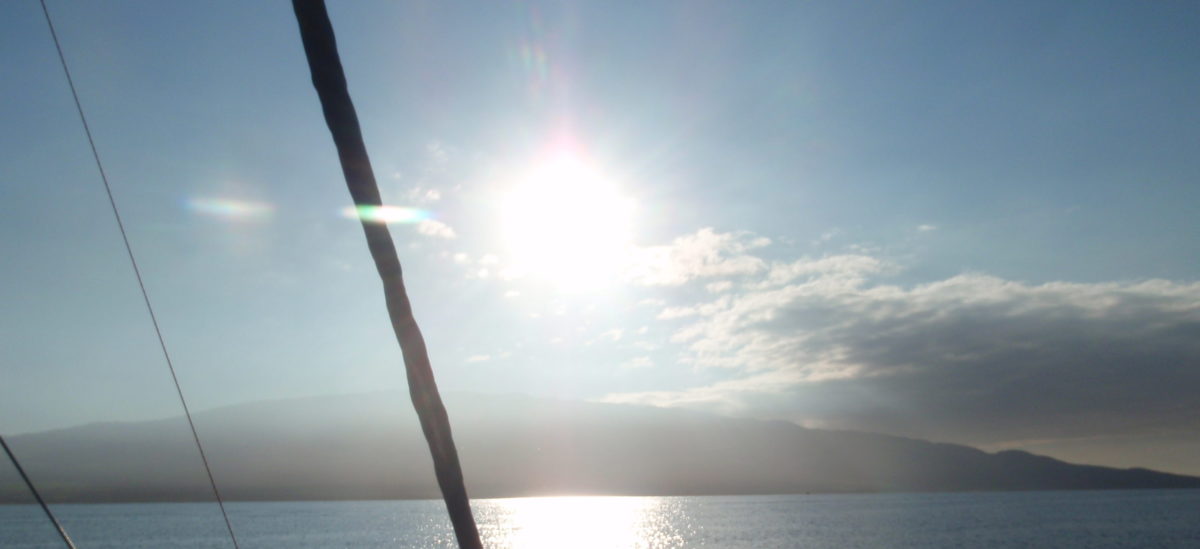Before I get into this, a few things I’d forgotten about the trip thus far.
First… It amazed me how little time it took to get used to the trip. The different culture, the constant moving, it became the new normal almost right away. So thoroughly was it the new normal that by Arequipa I already couldn’t believe that I’d only been in Peru for four days. The group was my home, my companions my friends. Home as I had known it was a distant memory, an incorrect life I no longer maintained. My other friends merely ghosts. Ghosts with Facebook accounts I checked up on when I had WiFi and who liked my Instagram photos like ghosts do my metaphor is flawless.
Second… The road to Chivay provided some of our better llama viewing. Llamas and other camelids. During my bus tour of Arequipa, I learned about the various types of fur-bearing camelids found in Peru: llamas (which you know), alpacas (softer fur, fuzzier), vicunas (non-domesticated, but provide the softest fur), and guanacos, which people didn’t seem to care much about and really only came up the once. The drive to Chivay included a herd of vicunas and a few herds of llamas you could get pictures with, although we were expected to slip the kid minding them a few soles.
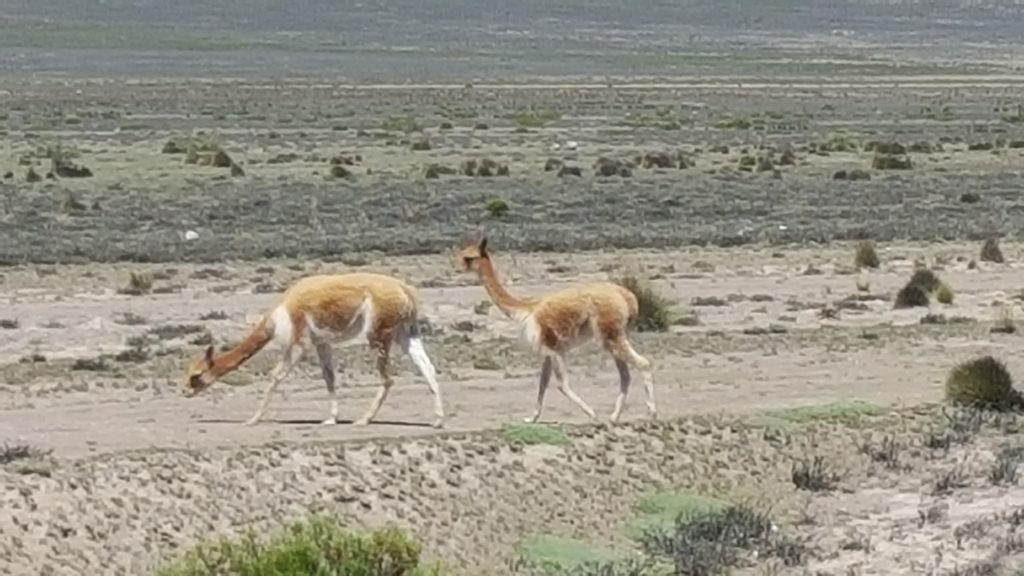
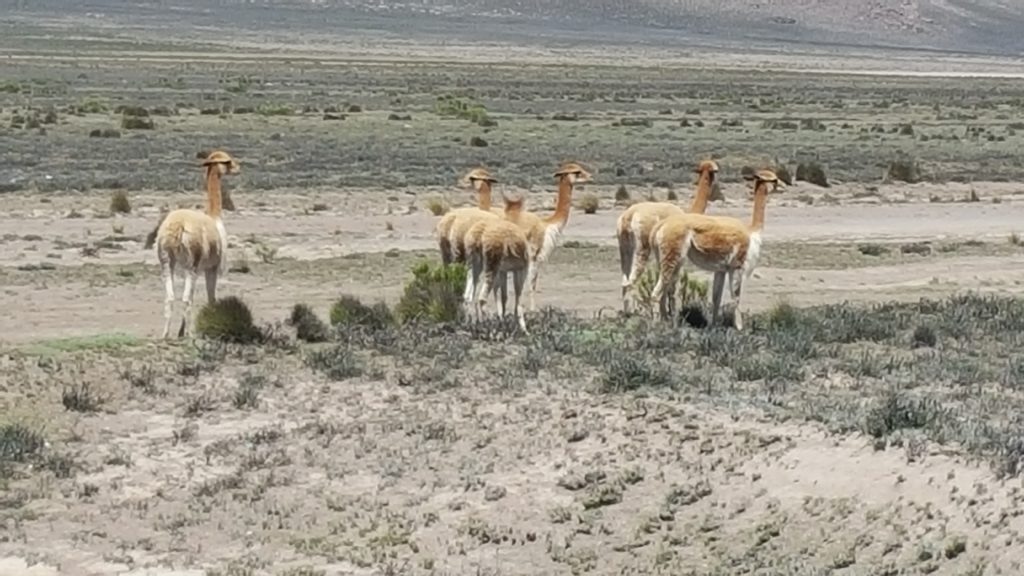
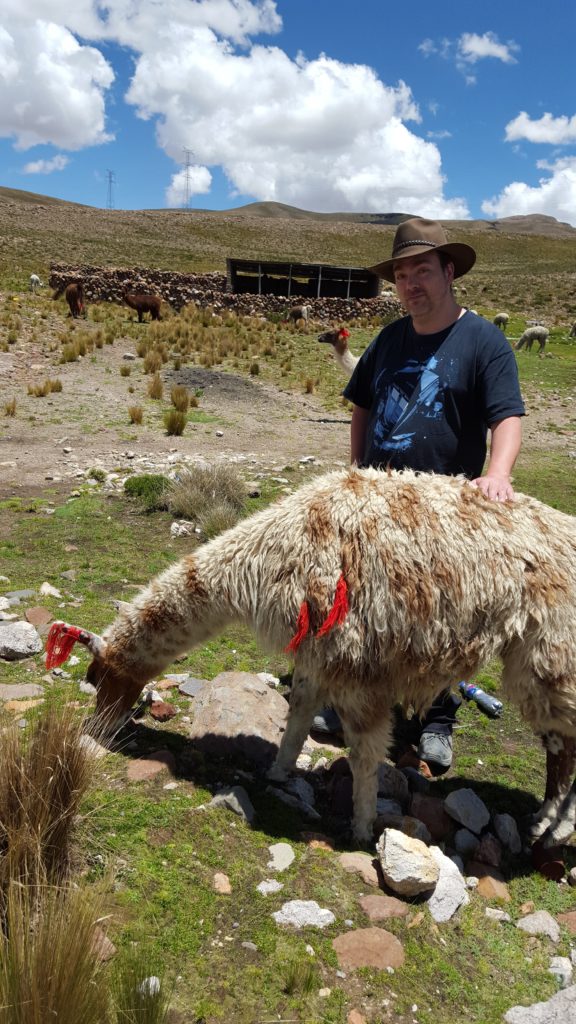
Third… no one in Peru looks Spanish. I began to wonder about that. Canada, the US, Australia, New Zealand… the Europeans moved in and shoved the locals into isolated pockets, so the population became mostly white. Some native Mexicans have more European features, but a lot still look Mayan. Peruvians look entirely native. Get inland, and a lot still speak their original language instead of Spanish (also true of Mexico, now that I mention it). I guess the Spanish conquered the area, but didn’t have any interest in living there.
Fourth… as long as I’m addending old blogs, when I ranked the best picture nominees, my gag title for Room was “Not THE Room, Thank You,” when it should have been “The Somewhat Breakable Kimmy Schmidt.” My bad.
Cusco
Formerly the capital of the Inca empire, the city typically used to acclimate to altitude before tackling the Inca Trail is Cusco, sometimes spelt Cuzco, and formerly known as Cosco until the Spanish decided they didn’t want it to be confused with discount grocery chain Costco a few centuries down the line. Or because they found “Cosco” tricky to pronounce. They told me the second one was the real reason, but does it actually sound more likely?
Parts of Cusco, notably near our hostel, still incorporate ancient Inca walls into their buildings. It wasn’t uncommon to see a building that was Inca to about chest level, then more modern from there.
My arrival in Cusco was a little different than the rest of the group. They went on the standard intro/city highlights walking tour with Ellard while I finally reached the first portion of my “adrenaline package,” the one upgrade I chose to get. (I considered the “my own room” upgrade, decided against it, then got it for free by being the only guy in the group. Score!) So while the others checked out the town square (warned you) and other nearby sights, I was horseback riding on the hill overlooking the city.
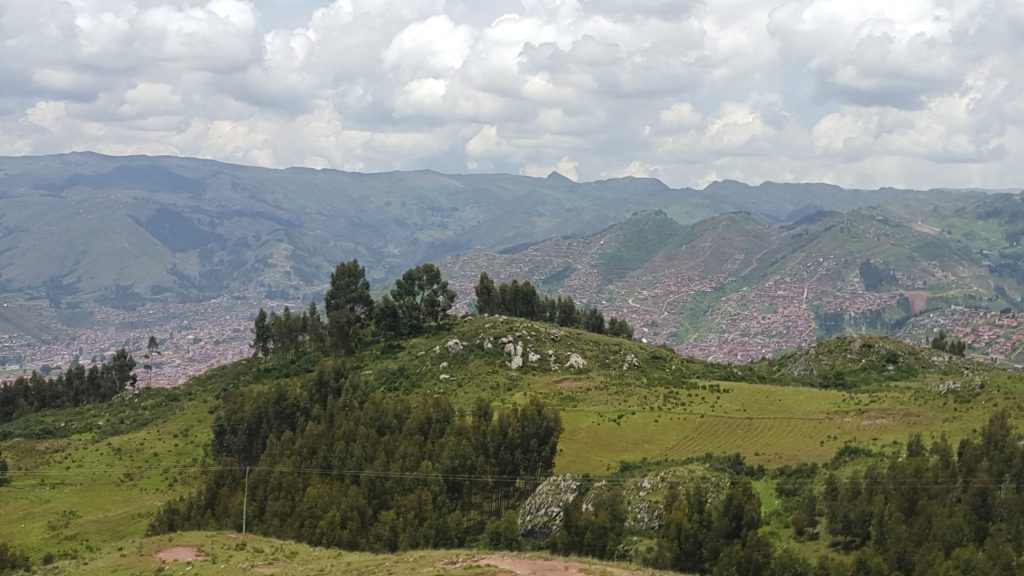
In addition to a couple of old Inca temples, the horseback ride featured two Australians who were doing the ride the day after their Machu Picchu hike (as I was supposed to, but the river was too high for my other activity).
This was… informative, if harrowing. They both had a lot of tips and insights, but the guy was determined to talk about punishing day two was. I tried to mention how hard the climb up the sand dunes had been, but it didn’t deter him.
“You have a stairmaster at home?”
“No, but I’d take one over the sand dunes—“
“Because that stairmaster feels like heaven next to the stone stairs on day two.”
Here I began to wonder how necessary I was for this conversation, since I hadn’t engaged him on the stairmaster topic at all. He also seem quite amused picturing me on those stairs. So, you know, that was a little hurtful.
That night we (save Maria, who booked too late and had to go on a different trek) were introduced to our guide-to-be, Evert. He walked us through what we could expect from day to day on the Inca Trail. His accent meant that it sounded a little like he was saying “Inca Trial.” Which was not… not inaccurate.
We also had the opportunity to rent equipment for the hike. But each piece had to be considered carefully. Budget issues aside, our G Adventures duffel bags (which, unlike our day bags, we wouldn’t have to carry) could only hold six kilos of stuff. An air mattress would make nights in the tent more comfortable, but would also take up one of your kilos. A sleeping bag keeps you warm, but that’s another two and half kilos. Two walking sticks? Those you carry yourself, so… those are fine.
I got the lot. Only left me two and a half kilos for clothes and whatnot, but I do value my sleep.
One group dinner, in which everyone opted against the guinea pig (partially because it is hell of expensive), and our intro day in Cusco wrapped up.
The Homestay
Next up… a traditional homestay with a women’s weaving collective the village of Ccaccaccollo. I could tell you to pronounce it but I think you’d learn more looking it up yourselves and then reporting back. We arrived, were split between Fransisca and Patricia, two sisters/civic leaders, and were shown to their homes, where we were served lunch. From there, we were handed traditional garb and brought to the potato fields to assist with the harvest.
There were two opinions of this particular stop. Some had been looking forward to this the entire time. They saw this as a trip highlight. These were, shall we say, the outgoing people. Other members of the group… say, the more introverted members, who aren’t great with strangers even when they do speak the same language… those who perhaps don’t see chores in a potato field as an exciting vacation experience… maybe those people weren’t looking forward to this stop so much.
Yes, fine, me. I was talking about me. That second bit was all about me. If you didn’t get that.
Still, the ladies were excited enough for this stop that I allowed myself to believe I was worrying for no reason. And by and large, I was. The people we stayed with were far too friendly, welcoming, and generous for the stop to be considered any sort of burden, potato chores or no potato chores. Our homestay consisted of lunch with our hostess, an hour or two of chores in the potato fields, dinner (featuring a few of the potatoes we’d helped harvest, also lamb), then a night in the guest room(s).
Yes, Maria and I ended up way further uphill than the others, and the climb up the hill to Patricia’s house was… daunting. (There was a less steep path, but I was forced to admit it was longer.)
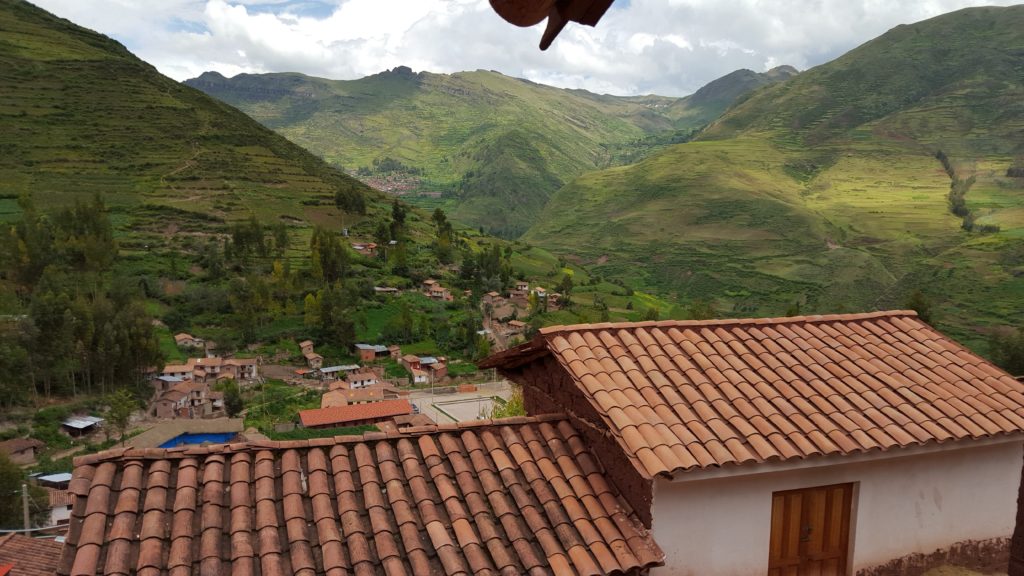
Also the doorways weren’t quite designed for average North American heights…
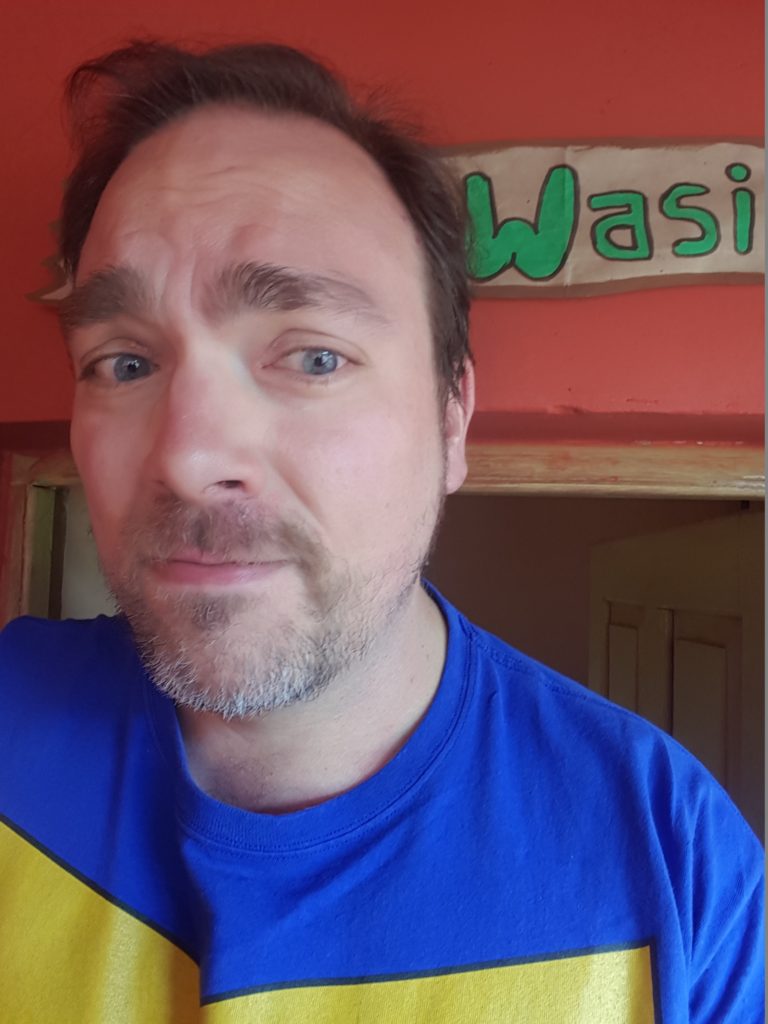
On the other hand, Patricia has a proper flush toilet (even if the “flushing” has to be done by pouring in a bucket of water) and a bathroom door that went all the way to the floor, unlike Fransisca, who had a hole in the ground and a door that ended at squat-level. So we had that going for us. Also, we had easier chores.
Post lunch, we were given traditional Peruvian garb and led to the fields. While the others had to actually dig up potatoes (save for Tayla, who maimed enough potatoes that she got moved to babysitting), Maria and I only had to gather them and rub off excess dirt. And avoid spiders. And look like we weren’t avoiding the spiders, just causally moving to another part of the field.
That last part was also just me.
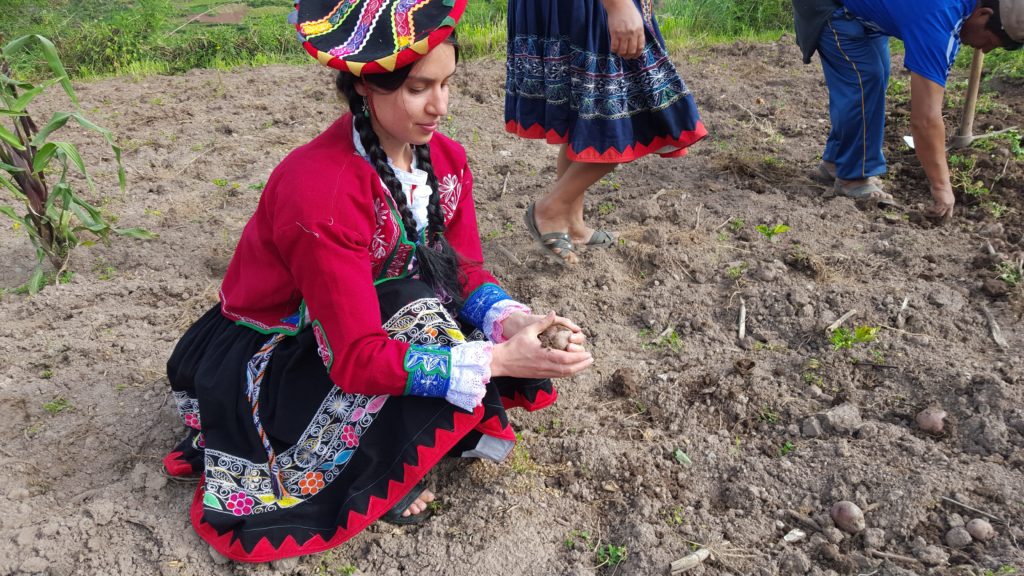
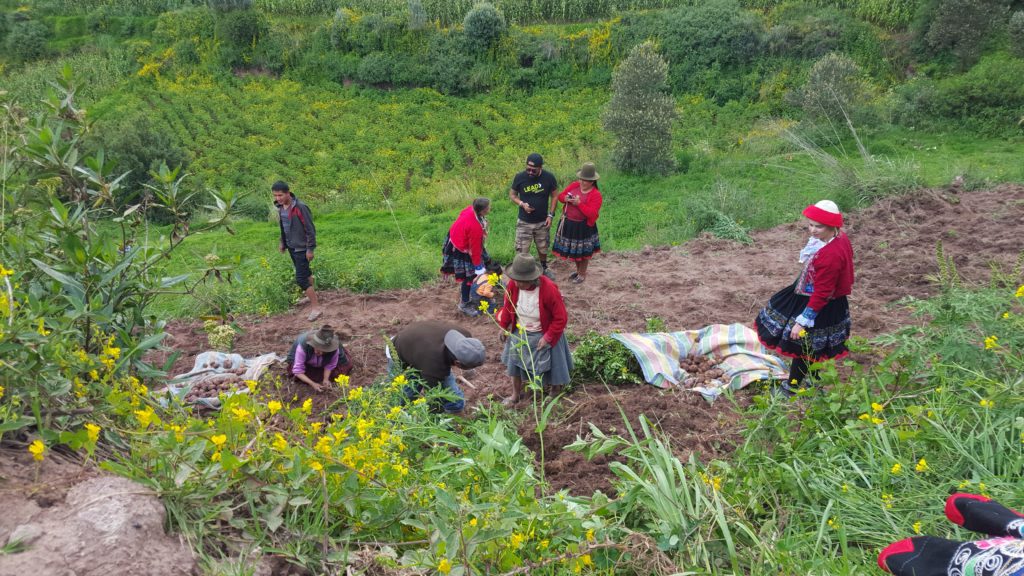
Also, Patricia’s daughter spoke decent English, which was a perk. She was studying it at university, which surprised me, because she did not look older than 13. Between that and Patrica’s mad cooking skills, it was a decent lunch. Her son did not speak English, so Maria did her best to use her limited Spanish to chat with him over dinner. Apparently he used to be a porter on the Inca Trail. That’s… the main thing I was able to pick up.
Post-chores, Ellard gathered the ladies for a fashion shoot in the traditional skirts, something he does with the women of all of his tours. Just women. Not the guys. He says he doesn’t enjoy or see the point of photographing dudes. Which, you know… that’s fine. That’s his call. It’s just not something Citrus Photography’s Tim Nguyen or Abby + Dave Photography would say. For what that’s worth. (Okay, Abby and Dave are wedding photographers, so that’s not entirely fair…) Since “being photographed” lands slightly beneath “chores in a potato field” on the list of things I enjoy, so no, I wasn’t exactly miffed about being left out.
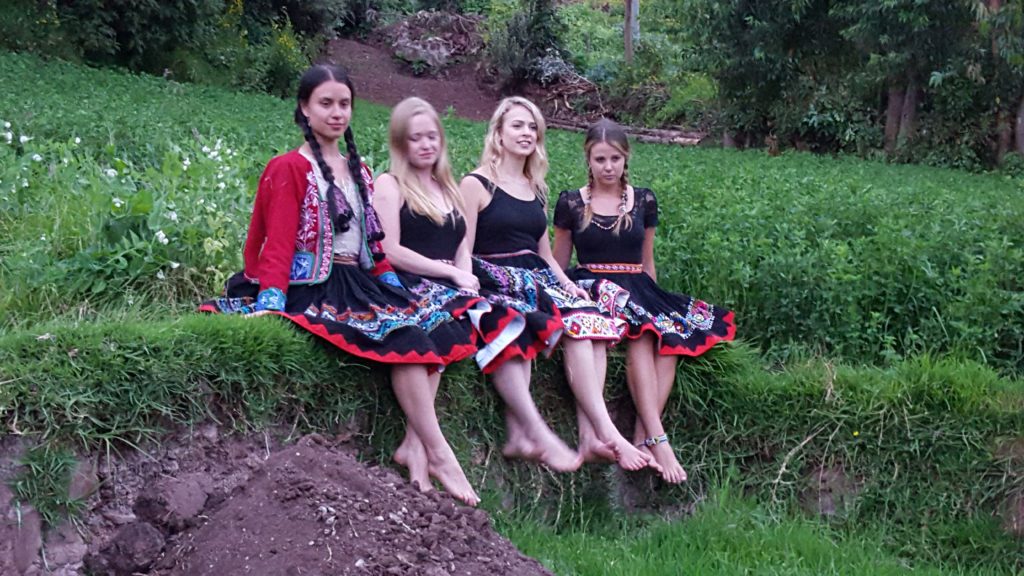
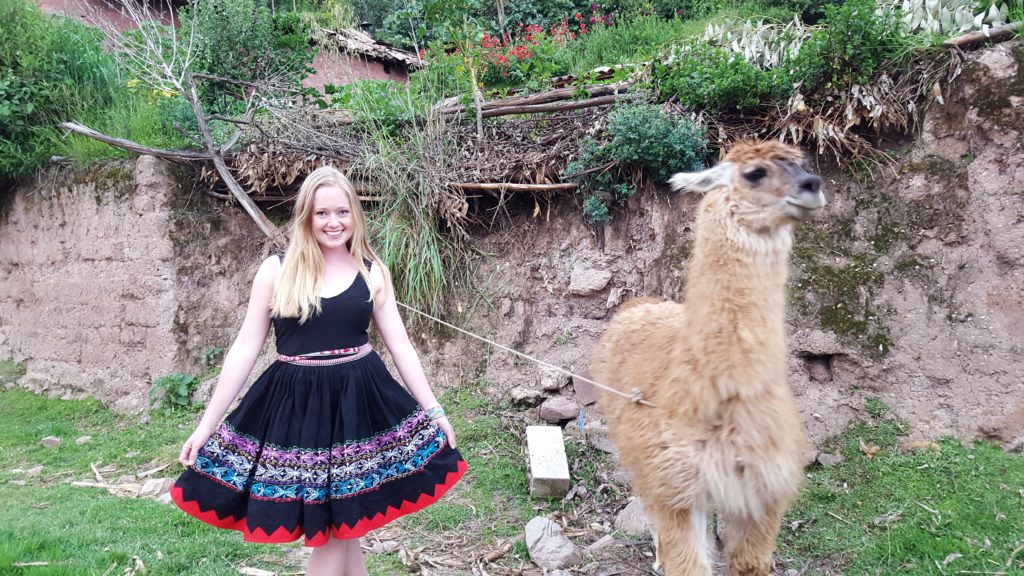
In the morning, we were given a tour of the weaving process. We felt the differences in four types of raw wool, in order of softness… from sheep wool, which we soon knew to be garbage in comparison, to llama, to alpaca, to baby alpaca, to ultra-soft, luxurious, largely unaffordable vicuna. We watched how it’s spun into thread, and saw how one seed is used to dye the wool. Different colours are achieved through additives like lime juice or by simply rubbing the dye with a certain crystal. No, for real. A crystal. I saw it happen. Otherwise I wouldn’t buy it either.
Speaking of buying… the weaving collective’s creations were available for purchase. Scarves, blankets, sweaters, hats, made from llama or alpaca… I checked out a nice green baby alpaca scarf my hostess had made. At first I thought it might make a nice present, but then I felt it. It had to be mine. Also Patricia gave me a discount because she made it personally. Kate eyed a headband, but wasn’t sure she needed it.
“Do you need it?” I asked. “Possibly not. Are you working it? A little bit.” That may not have been the deciding factor, but she did buy that headband, so I like to think it had an impact.
We also got our first glimpse at our trailmates for the hike to come, as their more basic tour stopped at the village that morning.
Ollantaytambo
Ollantaytambo… roughly translated, the town of Ollantay, an Inca warrior of sufficient renown to be promoted to the nobility, but who got into a Romeo & Juliet situation with the Emperor’s daughter. Or so the legends say. I mean, it definitely probably could have happened.
Ollantaytambo was conquered by the Inca emperor Pachacuti, who incorporated it into his estate. It would later become a key Inca fortress: when the Spanish took the Inca capital of Cusco, the Incas fortified themselves in Ollantaytambo, managing to hold back the invaders. These days, it’s the last port of call before the beginning of the Inca Trail. Well, the typical start point of the Inca Trail. It actually goes all the way to Cusco, but that version takes 15 days.
There are two old Inca forts you can climb to: one of which costs money and is more official, and one which is free, but has posted signs saying (basically) “No railings, please don’t climb up here, but if you do, please do it before 4:30 ‘cause that’s when we close this gate.
Ellard told us it should take 20 minutes to climb to that fortress. So I took this as a test. I’d been anxious about day two of the Inca Trail since before I left, and was even more so after my encounter with the Australians (I mean, he didn’t have to tell me he found the visual hilarious, did he?). So if I could make it up that hill in twenty minutes, taking my time and enjoying the view as the Australians recommended, then I’d be good. Or so I was choosing to believe.
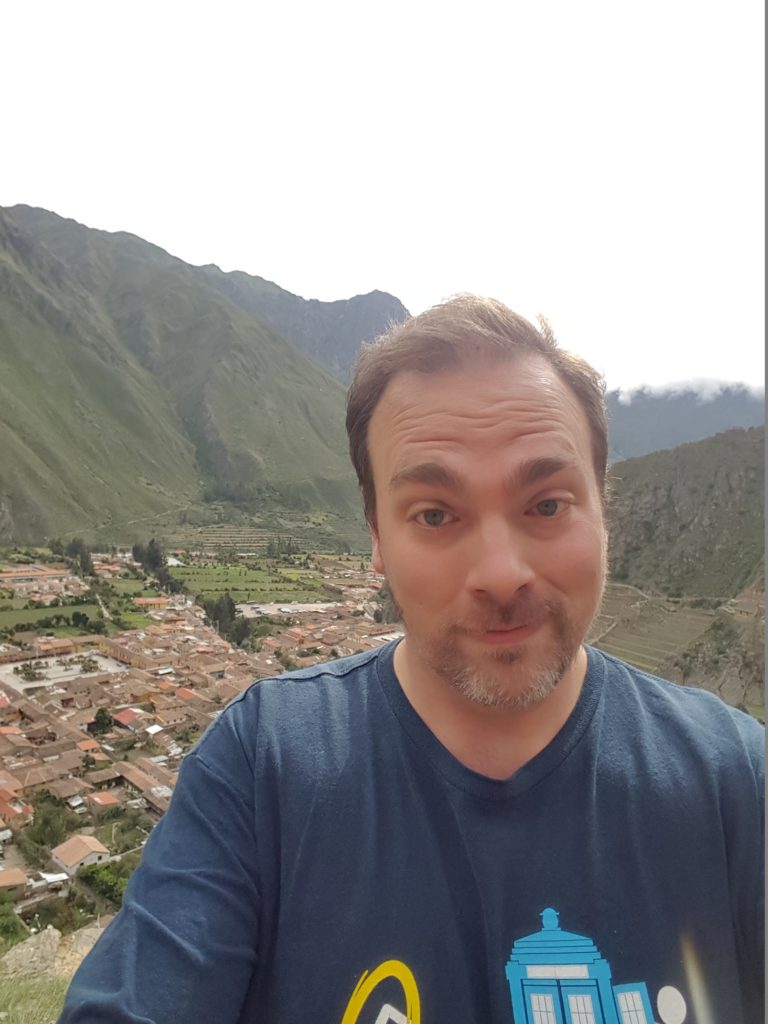
I made it, and on schedule, and the view was impressive. Thus emboldened, I gave a wave to Kate and Amy, who were on their way up while I was on my way down, and returned to town for… erm… a last burst of internet access before being unplugged for most of four days, IF you must know.
One last group dinner before the six of us parted ways for a spell, a final attempt to see how much stuff we could take with us (2.5 kilos goes fast), and then resting up for a big day ahead.
Next time… the trail.
